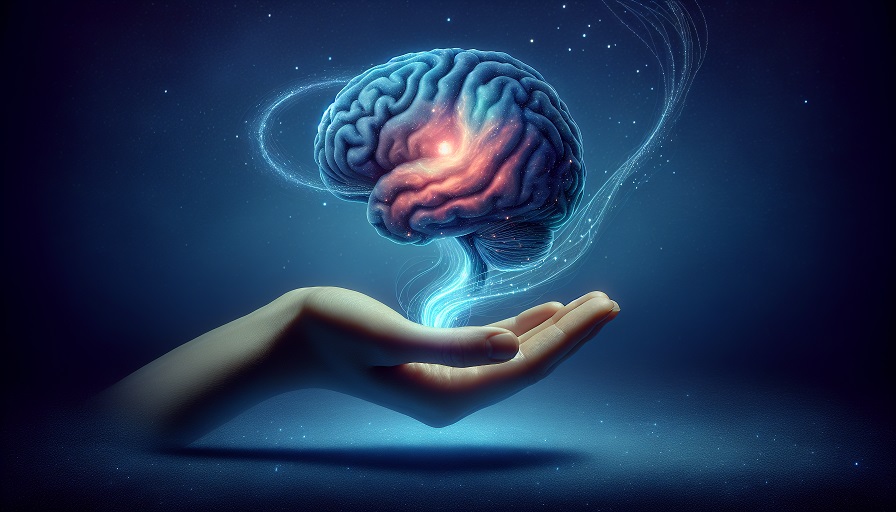
Yes, playing memory card games can enhance neural efficiency by strengthening the connections between brain regions responsible for working memory, attention, and pattern recognition. Regularly engaging in these activities helps the brain process information more quickly and with less effort over time.
Contents
What Happens in the Brain During Memory Games?
When you play memory card games like Concentration or Pairs, your brain is constantly encoding, storing, and retrieving information. Each turn activates the hippocampus – the region crucial for memory formation – and the prefrontal cortex, which manages working memory and decision-making. This back-and-forth exchange builds stronger neural pathways, improving how efficiently your brain retrieves information in daily life.
Neural Efficiency: The Brain’s Energy Optimization
Neural efficiency refers to the brain’s ability to perform cognitive tasks with less energy expenditure. In simple terms, an efficient brain can think faster and more clearly while using fewer mental resources. Cognitive training, including memory card games, encourages the brain to streamline its processing. This optimization occurs through neuroplasticity – the brain’s ability to adapt and strengthen connections between neurons based on repeated activity.
Evidence from Cognitive Training Research
Numerous studies have found that short, consistent bouts of cognitive challenge improve neural efficiency. Brain imaging research shows that people who practice memory-based tasks demonstrate lower activation in certain brain areas during problem-solving – not because they’re doing less, but because their brains have become more efficient. The same principle applies to athletes or musicians: repeated practice reduces unnecessary neural effort while increasing performance accuracy.
How Memory Games Differ from Passive Activities
Unlike watching television or scrolling through social media, memory card games demand active engagement. They force the brain to hold multiple pieces of information in mind, resist distractions, and update strategies in real time. This type of mental workload is what drives neural adaptation. Over time, the repeated “mental lifting” enhances the brain’s capacity for sustained attention and quick information recall, skills transferable to real-world tasks like studying, multitasking, or remembering names.
Practical Cognitive Benefits
While memory card games may seem simple, their cognitive benefits extend beyond memory itself. Players often experience improved:
- Attention control – focusing on relevant visual details while ignoring distractions
- Processing speed – recognizing and matching patterns more quickly
- Strategic reasoning – planning moves based on past outcomes
- Working memory capacity – holding and manipulating short-term information
These skills contribute to overall cognitive resilience – the brain’s ability to stay sharp as we age. Even short daily sessions of mentally stimulating play can provide measurable benefits over time.
How to Maximize the Brain-Boosting Effect
To gain the most from memory card games, the key is consistency and incremental challenge. Repetition helps the brain automate certain responses, while gradually increasing difficulty ensures continued adaptation. For example, increase the number of cards, reduce visual cues, or introduce time limits. Pairing the activity with other brain-friendly habits like adequate sleep, hydration, and exercise enhances the long-term impact on neural efficiency.
Memory card games do more than entertain – they train the mind to think more efficiently. Through regular, focused mental practice, they promote stronger, faster communication between neural circuits involved in attention, memory, and reasoning. The result is a brain that performs cognitive tasks with greater speed, accuracy, and energy efficiency – a tangible gain in mental performance that extends beyond the game itself.

